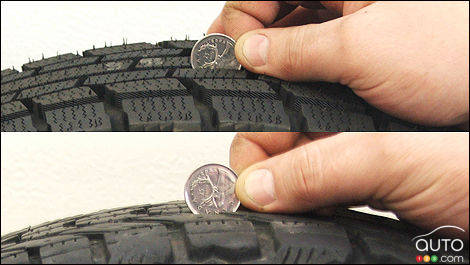Posted by Benjamin Jerew Maintenance
Do you know what your tires are telling you about your car, road conditions or even your driving habits? If you know how to read tire tread depth and condition, a wealth of information is right at your fingertips.
How to Read Tire Tread DepthTire tread depth refers to the grooves between the main blocks on the contact surface of a tire. Most tires start with upwards of 10/32″ of tread depth, with some off-road tires topping 15/32″ depth. As you rack up the miles, the soft rubber compound, the very thing that gives you traction, wears away. Most states require a minimum tread depth of 2/32″ and some states require just 1/32″, but how do you measure it? Also, is 2/32″ really enough for a safe drive?
Do you know how to read tire tread depth with a tire tread depth gauge? Here is a five-step process to do it the right way:
If you’re in a pinch, you can also get a rough estimate of tire tread depth by using a penny and a quarter. But this is no substitute for a calibrated tire tread depth gauge.
If you know how to read tire tread depth, this will help you determine when tire replacement is necessary, the condition of your suspension and steering system and if you need to change your habits.
Keeping on top of your tire tread is actually much more than knowing when to replace them, it can also help you prevent other problems. Adding tire inspection to your monthly maintenance checklist might just keep you safer and your wallet heavier over the long haul.
Check out all the tools & equipment  For more information on tire tread depth and condition, chat with a knowledgeable expert at your local NAPA AUTO PARTS store.
For more information on tire tread depth and condition, chat with a knowledgeable expert at your local NAPA AUTO PARTS store.
Photo courtesy of Foter
Categories
Maintenance
Tags
bald tire, hydroplaning, suspension alignment, tire care, tire pressure, tire tread depth, tire tread depth gauge, tires
Ben has been taking things apart since he was 5, and putting them back together again since he was 8. After dabbling in DIY repairs at home and on the farm, he found his calling in the CGCC Automobile Repair program. After he held his ASE CMAT for 10 years, Ben decided he needed a change. Now, he writes on automotive topics across the web and around the world, including new automotive technology, transportation legislation, emissions, fuel economy and auto repair.
When it comes to checking tire tread, there are a number of methods that can help you know if it’s time to replace a tire. Heavily worn tread will prevent a tire from performing as designed and can lead to unsafe driving conditions. One of the simplest, most common ways to check tread depth requires nothing more than a penny and a few moments of your time.
One of the simplest, most common ways to check tread depth requires nothing more than a penny and a few moments of your time.
In the United States, tire tread depth is measured in 32nds of an inch. New tires typically come with 10/32” or 11/32” tread depths, and some truck, SUV and winter tires may have deeper tread depths than other models. The U.S. Department of Transportation recommends replacing tires when they reach 2/32”, and many states legally require tires to be replaced at this depth.
The idea of the penny test is to check whether you’ve hit the 2/32” threshold. Here’s how it works:
Place a penny between the tread ribs on your tire. A “rib” refers to the raised portion of tread that spans the circumference of your tire. Tire tread is composed of several ribs.
Turn the penny so that Lincoln’s head points down into the tread.
See if the top of his head disappears between the ribs. If it does, your tread is still above 2/32” , If you can see his entire head, it may be time to replace the tire because your tread is no longer deep enough.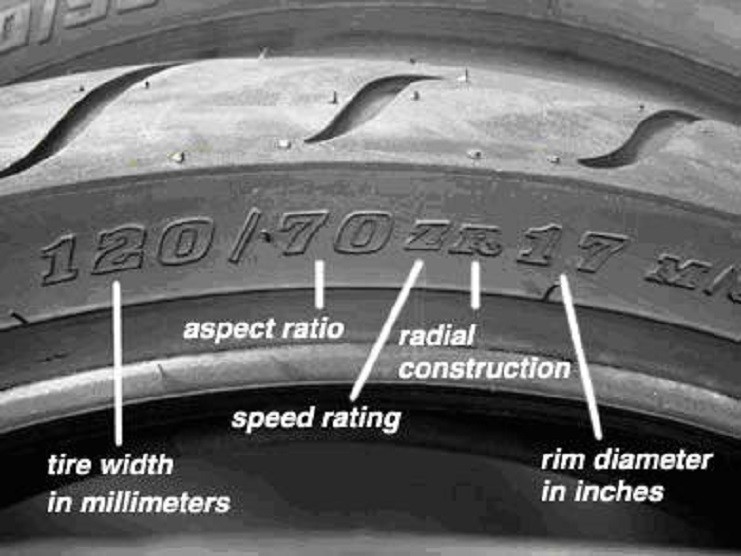
When performing the penny tire test, remember not only to check each tire, but to check various places around each tire. Pay special attention to areas that look the most worn. Even if parts of your tread are deeper than 2/32”, you should still replace the tire when any areas fail the penny test.
Consistent wear around the whole tire is normal, but uneven tread wear could be a sign of improper inflation, wheel misalignment, or a variety of other things. If you see uneven tread wear, you should have a technician inspect your vehicle.
A simple way to check your tire tread depth is by using a tread depth gauge. You can find tire tread depth gauges at your local auto parts store. There are many models available, but an inexpensive simple graduated probe gauge will work just fine. All you have to do is stick the probe into a groove in the tread and press the shoulders of the probe flat against the tread block and read the result.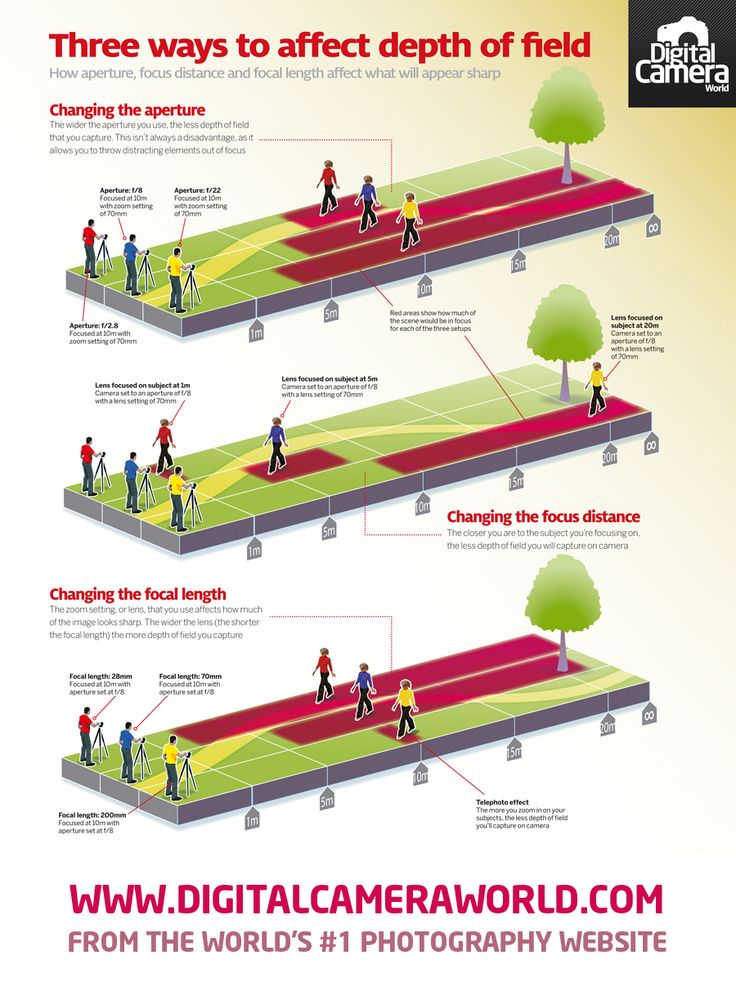 All gauges should measure in both 32nds of an inch and millimeters.
All gauges should measure in both 32nds of an inch and millimeters.
Another indicator of worn out tread already lives in your tires themselves. Every performance, light truck, or medium commercial tire comes equipped with indicator bars (or wear bars) embedded between the tread ribs at 2/32”. They’re there to help you monitor tread depth and make decisions about tire replacement. Just look to see if the tread is flush with the indicator bars. If they are, it’s time to replace the tire.
While the penny tire test does deliver on what it promises – indicating whether tread has reached the legal limit – it may not be the best indicator of whether your tires are safe for the road. Tire performance can diminish significantly before your tread hits 2/32”. Even though the law deems fit for safe driving may not prevent you from hydroplaning or losing control in rainy, slushy conditions. If you think your tires may be close to needing replacement, have them checked out by a licensed mechanic.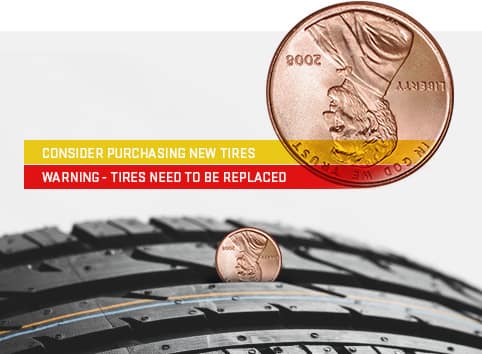
The tire tread is the outer part of the wheel that provides traction in all weather conditions. The protectors inevitably wear out during the operation of the car, the working height of the slope decreases. The residual tread depth should be periodically monitored and the set of tires should be renewed in time - this will reduce the risk of losing control of the car and save the car owner from fines from the traffic police.
Tread wear rate depends on many factors:
Measuring the thickness of the tread layer will allow you to accurately determine the degree of tire wear and make a decision in time to replace them with new ones.
Different tires have different wear limits. Tread depth affects vehicle handling and road safety.
| According to Chapter 5 of the SDA, limiting norms for the height of the tread pattern have been established. |
Let us explain what categories of vehicles we are talking about:
N1 - vehicles intended for the carriage of goods, having a technically permissible maximum mass of not more than 3.5 tons;
O1 - trailers, the technically permissible maximum mass of which is not more than 0.75 tons;
O2 - trailers, the technically permissible maximum weight of which is over 0.75 tons, but not more than 3.5 tons.
The traffic police officer has the right to measure the residual depth with a verified device. In case of a recorded violation, a fine is imposed on the car owner.
The new summer tire has an average tread depth of 7-8 mm. The service life of summer tires is usually 3-5 seasons with average mileage and moderate driving style.
| Residual height limitation by law is 1.6 mm. However, with a remaining outer layer of 3 mm, the machine is already difficult to control, grip deteriorates, and a safety hazard arises. |
Do not wait until the critical value is reached. Make sure you change tires in advance.
Winter tires are used in severe weather conditions: low temperatures, icy conditions, on snowy road surfaces. Worn elements make the tire ineffective on slippery winter roads. Accordingly, a more serious approach to the condition of the tire tread is needed.
Non-studded friction tire (Velcro) with a tread depth of 8-9mm. A new studded model - from 9 to 11 mm, some firms produce a tread with a height of 12-18 mm.
| If the tread wear is up to 4-5 mm, the winter set of tires needs to be replaced. In addition, the loss of more than 50% of the metal spikes is also a reason to change the car's shoes. |
The average life of winter tires is 2-4 years.
Universal all-weather is used in a temperate climate both in winter and in summer, it is optimal at temperatures from +10 to -10˚C. This type of tire is not suitable for use in snowfall or severe frosts. SDA allows the use of all-season tires in the winter if there is a special marking:
| All-season tires last 3-4 years on average. In summer, at high temperatures, all-weather tires wear out much faster. It is recommended to buy new tires when the tread layer is abraded to a value of 2-2.5 mm. |
You can estimate the remaining tread layer in various ways:
On some tire models there are special volumetric indicators in the form of jumpers. Check: if the tread layer is worn down to the level of the jumpers, the tire is not suitable for further use.
On the surface of certain types of tires, manufacturers knock out numbers of various depths. Depreciation is assessed visually - by the visibility of individual numbers.
With the help of measuring instruments: from a metal ruler, caliper, depth gauge to an electronic tread depth gauge.
Many motorists measure the remaining tread depth with a coin. Warning: this method of measurement is not accurate. It will not show you actual tire wear figures.
Tire tread height should be measured at least at 6 different points, preferably at 9 or even 12: in the center and from both edges of the tread, at different points around the circumference of the tire. The measurement results at all specified points must match. If they do not match, then the tire wears unevenly. The driver should find out why this is happening. Some causes of uneven tire wear are low or high pressure in them relative to the regular one, suspension failure, extreme driving style.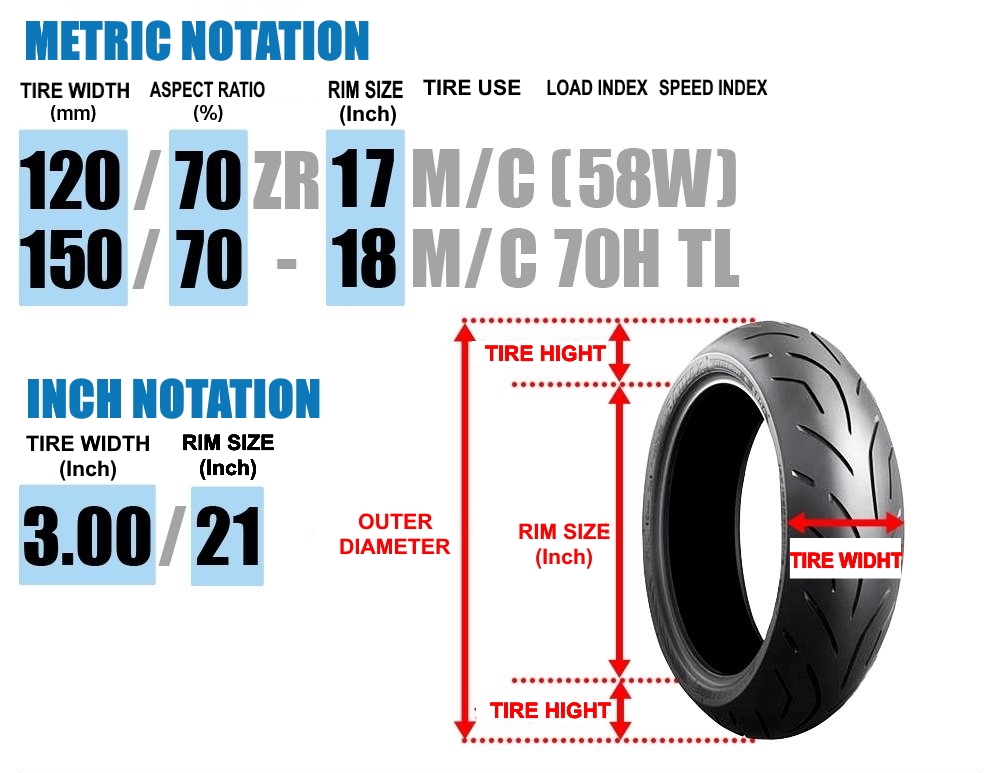
Old tires have become unusable, the amount of tread remaining is approaching a critical line - no need to take risks, it's time to change your car's shoes. There is a great temptation to get by with small financial costs and purchase a set of used tires. Be careful!
Sellers advertise used tires as good or excellent condition. Do not be too lazy to personally measure the height of the tread layer. And remember: for winter tires, a residual tread depth of 4 mm is already 100% wear.
When buying used tires with tires, it is important to remember that tires from different manufacturers and seasons initially have different tread heights (when they are new). And most importantly: the tires have, accordingly, different wear limits - the tread depth at which the tire begins to lose important characteristics. These differences are most noticeable in winter and summer tires. Keep these points in mind when measuring the remaining tread depth of used tires.
The quality of domestic roads, unfortunately, does not allow tires to be used for 7–10 years.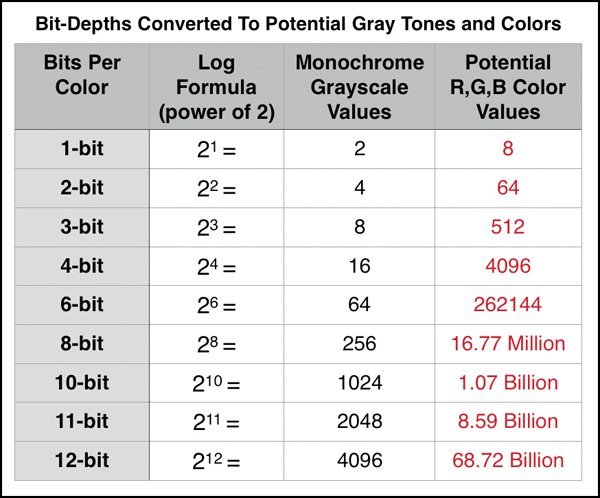 If you still decide to buy a used kit, check the year of manufacture - it is better not to consider tires older than 8 years.
If you still decide to buy a used kit, check the year of manufacture - it is better not to consider tires older than 8 years.
there is no guarantee for tires bought from hands;
the seller can cheat - for example, offer tires from different manufacturers in one set. Some especially enterprising salesmen even cut the tread on the worn rubber, as if the tires had not yet worn out;
you will have to spend a lot of time picking up tires from private sellers - much of what is put up for sale is only suitable for recycling;
Products may have hidden or visible defects. Visible are punctures, tears, cuts. A tire with a lot of damage can collapse in motion. Hidden defects include damage to the cord, which most often occurs after punctures or a strong blow. A car with such a malfunction may wiggle on the road, and it will be unstable;
the goods were stored in the wrong conditions, for example, under direct sunlight - this reduces the life of the tires and they will quickly become unusable, even if the residual tread depth is ideal;
it is not always possible to carry out a tire fitting in the presence of the seller, you will have to check the kit yourself after payment.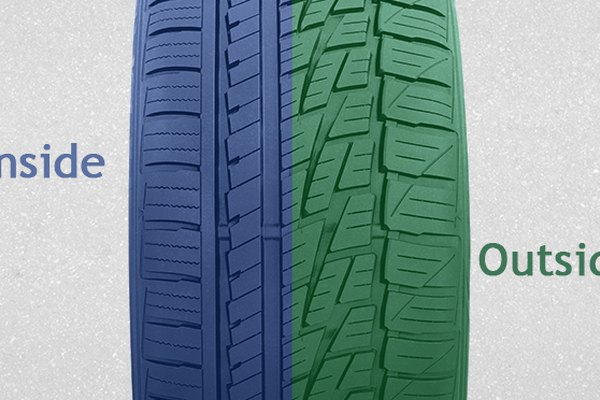
Without a specialist, there is a risk of buying tires that you cannot use. Don't skimp on safety. Purchasing a new set of tires will require more investment, but will pay off with a long period of trouble-free operation.
The maximum permissible residual tread depth for a passenger car is 1.6 mm in summer and 4 mm in winter.
SDA strictly regulate the residual height of the tread pattern. Violation of traffic rules is a reason for drawing up an administrative protocol.
For your own safety, replace worn tires on time. Better for new ones.
Tires will always be the determining factor in the contact between the car and the road surface. The optimal functioning of tires is highly dependent on their tread depth.
Depending on their type, new tires have a tread depth of 7 to 11 mm. This ensures the best performance in changing conditions.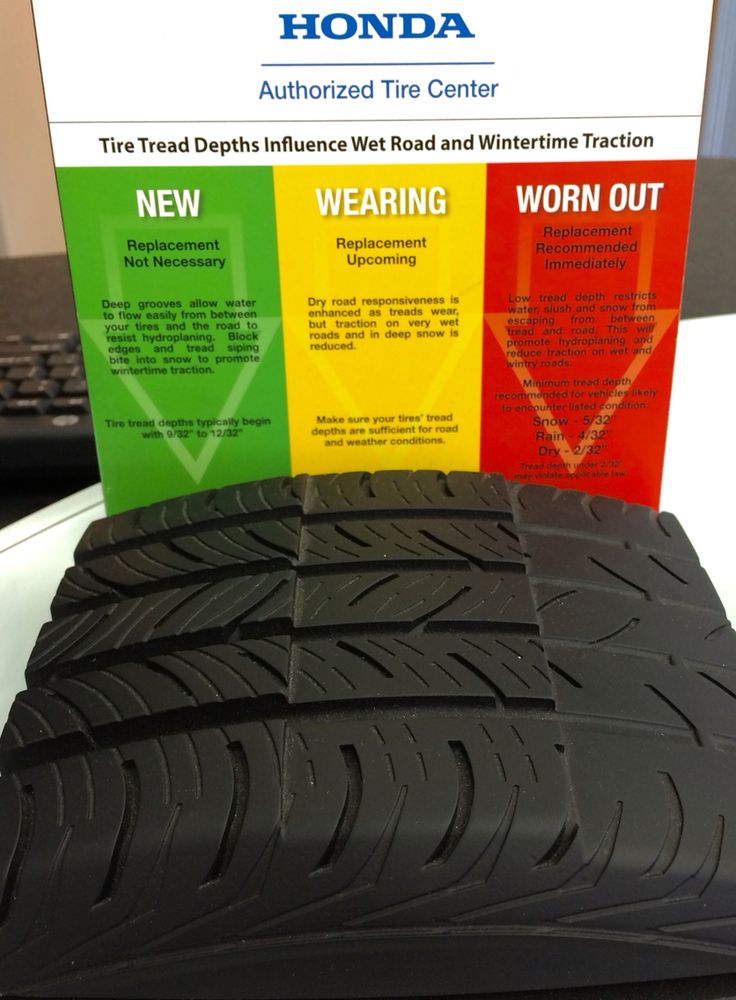 While the minimum allowable tread depth for all passenger car tires in Europe is 1.6mm, it is safer to change them at least 2mm deep. Weather factors mean that the wear limit is set at 4 mm for winter tires. Winter tires with a tread depth of less than 4 mm are in principle no longer winter tires, and in some countries there is also a legal wear limit by law. The tire tread has a tread wear indicator (TWI) that shows when the tire is approaching the wear limit. Wet road surfaces increase the risk of skidding. The risk of hydroplaning also increases when the tire's minimum tread depth is reached. However, it is not possible to determine the minimum tread depth at which any type of tire can be safely driven. Generally, the wider the tires, the greater the risk of hydroplaning with worn tires. To get the best possible performance from your tires, we recommend that you switch them from front to rear and vice versa around the 7,500-10,000 km mark. Be sure to adjust the tire pressure to match the new tire position.
While the minimum allowable tread depth for all passenger car tires in Europe is 1.6mm, it is safer to change them at least 2mm deep. Weather factors mean that the wear limit is set at 4 mm for winter tires. Winter tires with a tread depth of less than 4 mm are in principle no longer winter tires, and in some countries there is also a legal wear limit by law. The tire tread has a tread wear indicator (TWI) that shows when the tire is approaching the wear limit. Wet road surfaces increase the risk of skidding. The risk of hydroplaning also increases when the tire's minimum tread depth is reached. However, it is not possible to determine the minimum tread depth at which any type of tire can be safely driven. Generally, the wider the tires, the greater the risk of hydroplaning with worn tires. To get the best possible performance from your tires, we recommend that you switch them from front to rear and vice versa around the 7,500-10,000 km mark. Be sure to adjust the tire pressure to match the new tire position.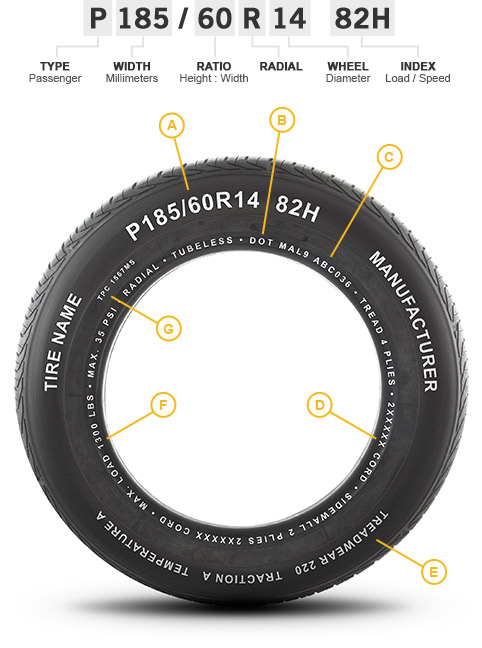 These measures will increase the life of your tires and improve driving comfort.
These measures will increase the life of your tires and improve driving comfort.
Ideally, you should replace them when the thickness drops to 3mm for summer tires or 4mm for winter tires. In any case, you should never risk reaching the legal limit for your own safety and the safety of your passengers. Wear is natural for the only component your car comes into contact with the road surface. Tires are made with an increasingly complex mixture of chemical ingredients that provide apparently conflicting functions, such as road holding and asphalt rolling resistance, that may not always be in the best condition. This complex balance between elements naturally breaks down over time. Exposure to sunlight - in the case of summer tires - accelerates aging in rain and snow and does not improve the life of winter tires. Tires tend to harden over time, especially in the tread area. With this loss of elasticity, the joint becomes less responsive to temperature changes and wet conditions.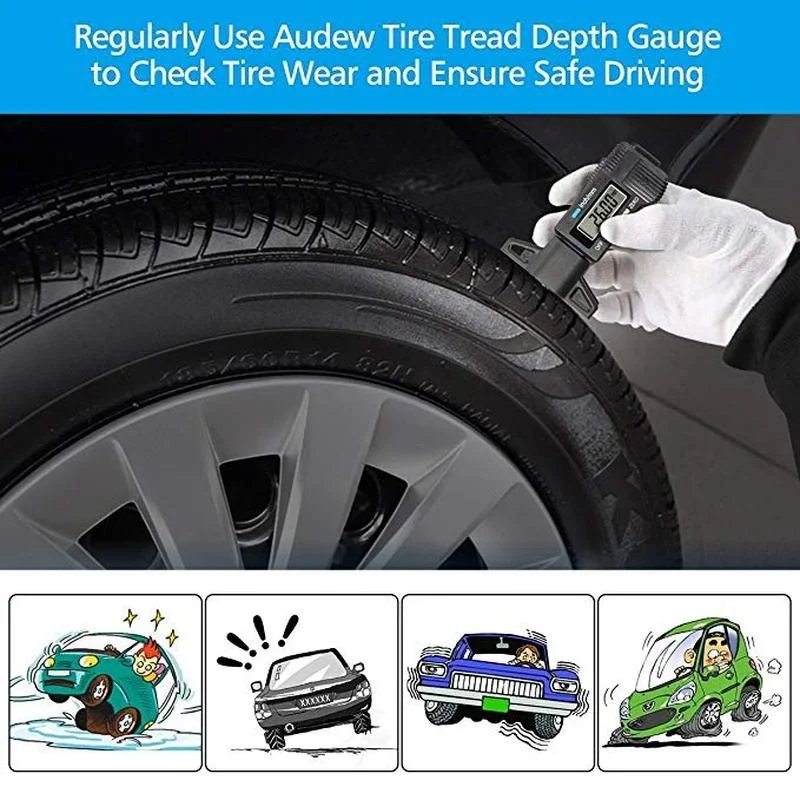 Remember also that incorrect wheel geometry and the inability to change tires can exacerbate the situation.
Remember also that incorrect wheel geometry and the inability to change tires can exacerbate the situation.
So how do you check tire wear before it's too late? A visual and tactile inspection of the surface is certainly an effective starting point for identifying any irregularities. Pay special attention to any signs of swelling and cuts, even small ones - they can deteriorate and cause serious problems at speed. Then measure the tread beyond the correct but not accurate coin method (one euro coin or two euro coins for summer and winter tires, respectively) placed in the center groove. To make the test more scientific, you can look at the tread wear indicator. This is a small block 1.6 mm high located inside one of the main grooves of the tire. To find it, look for the letters TWI on the sidewall of the tire. If the tread is worn to the point where the pointer could be on it, the tires should be replaced as soon as possible. Another effective method is to use a tool bought for just a few euros called a tread depth gauge.